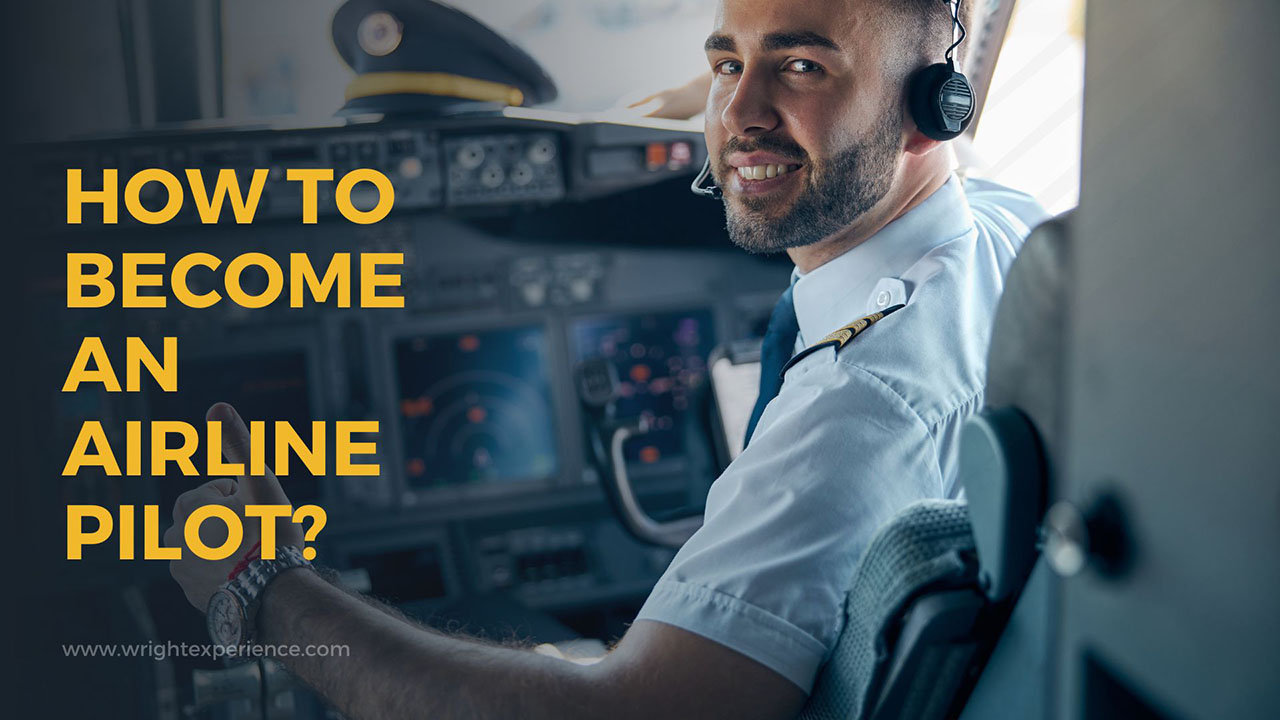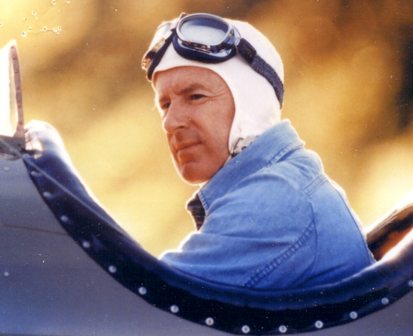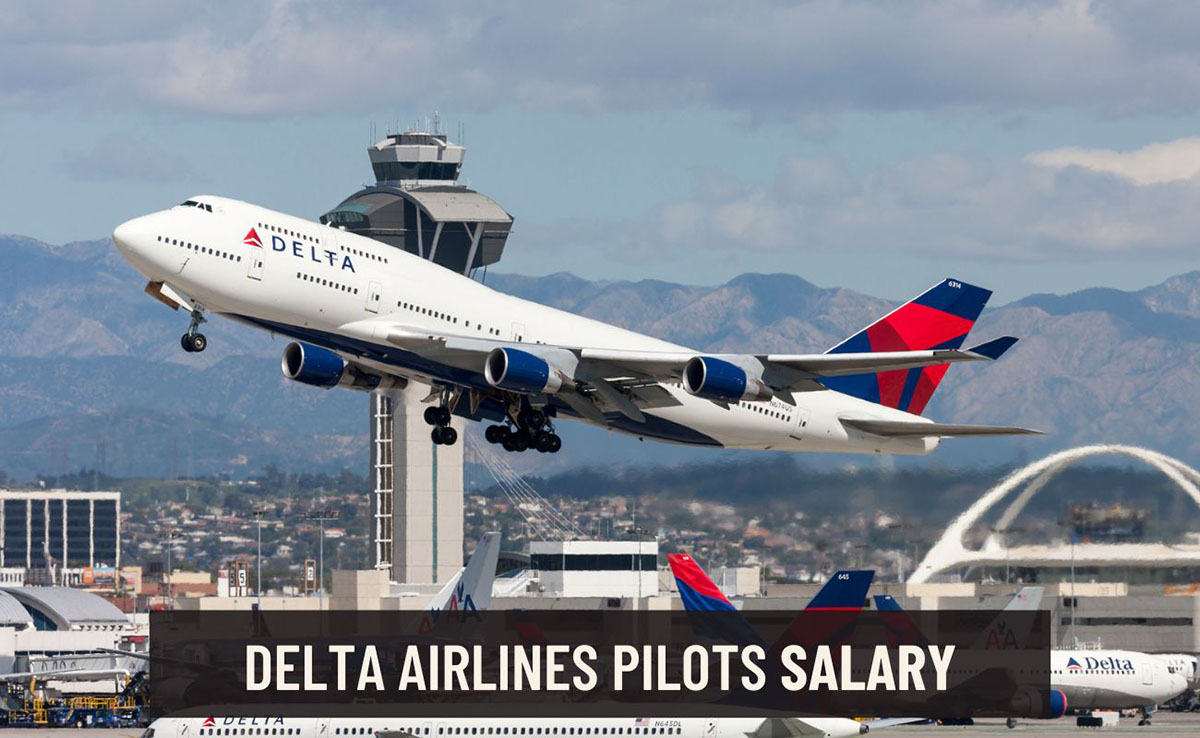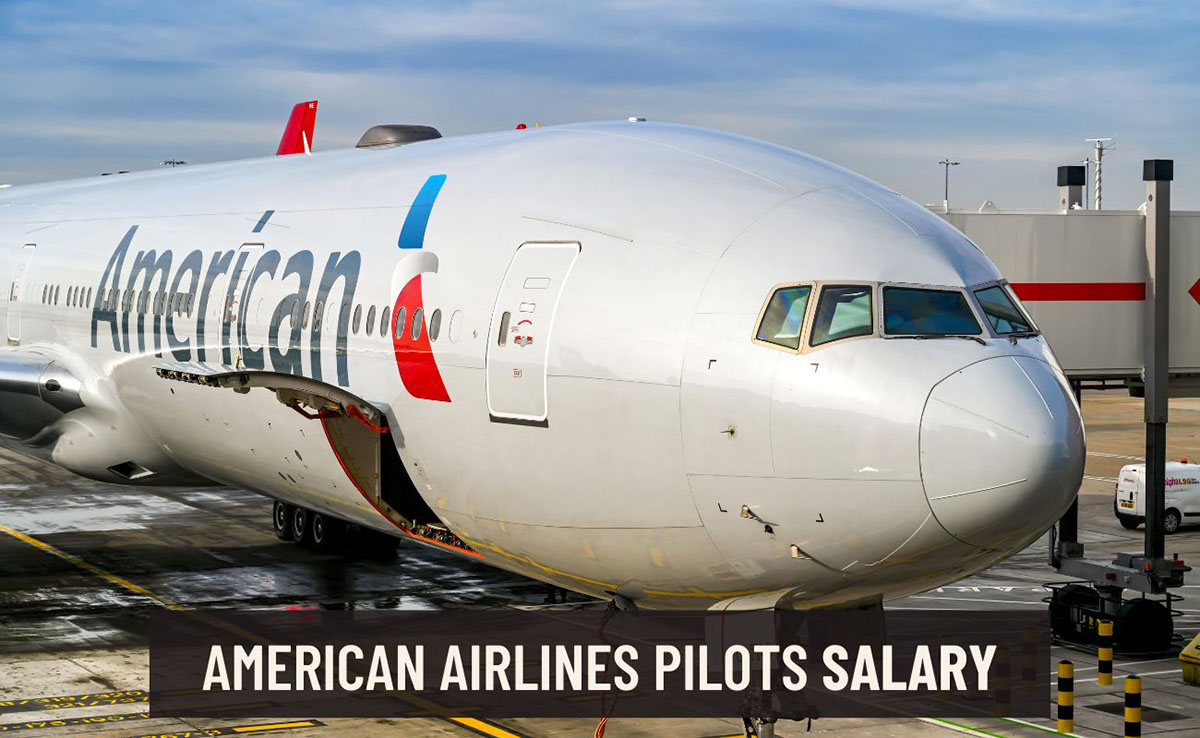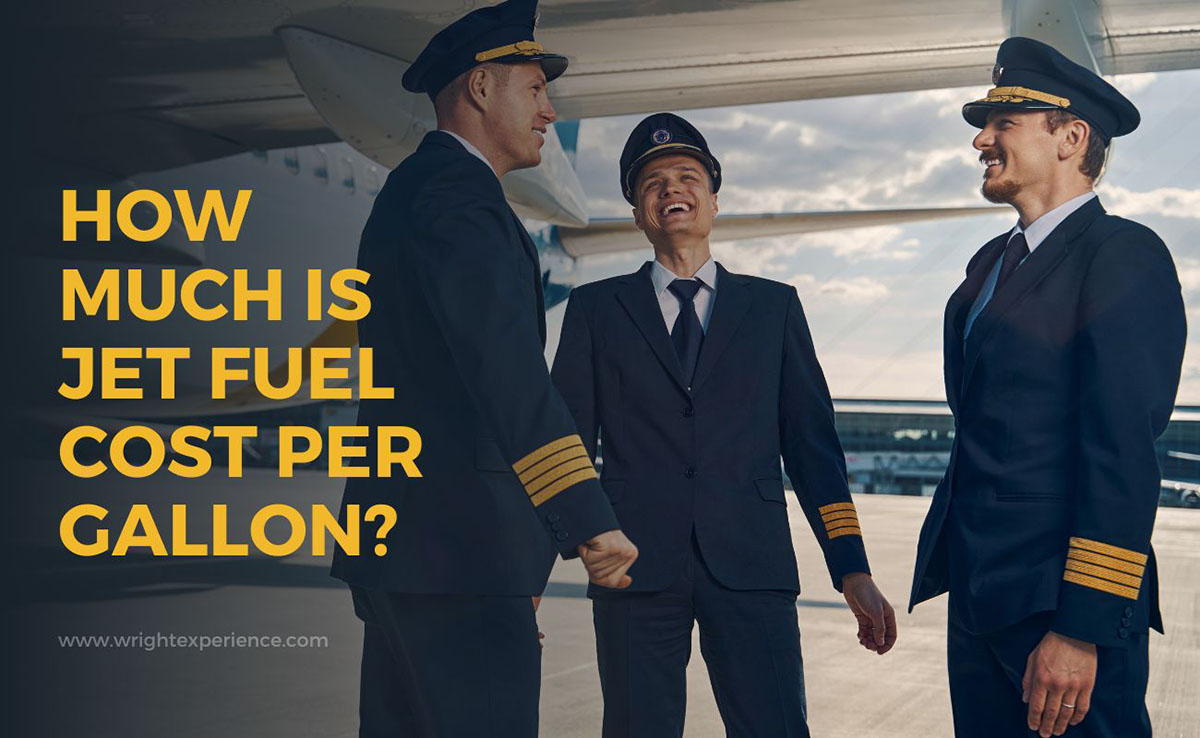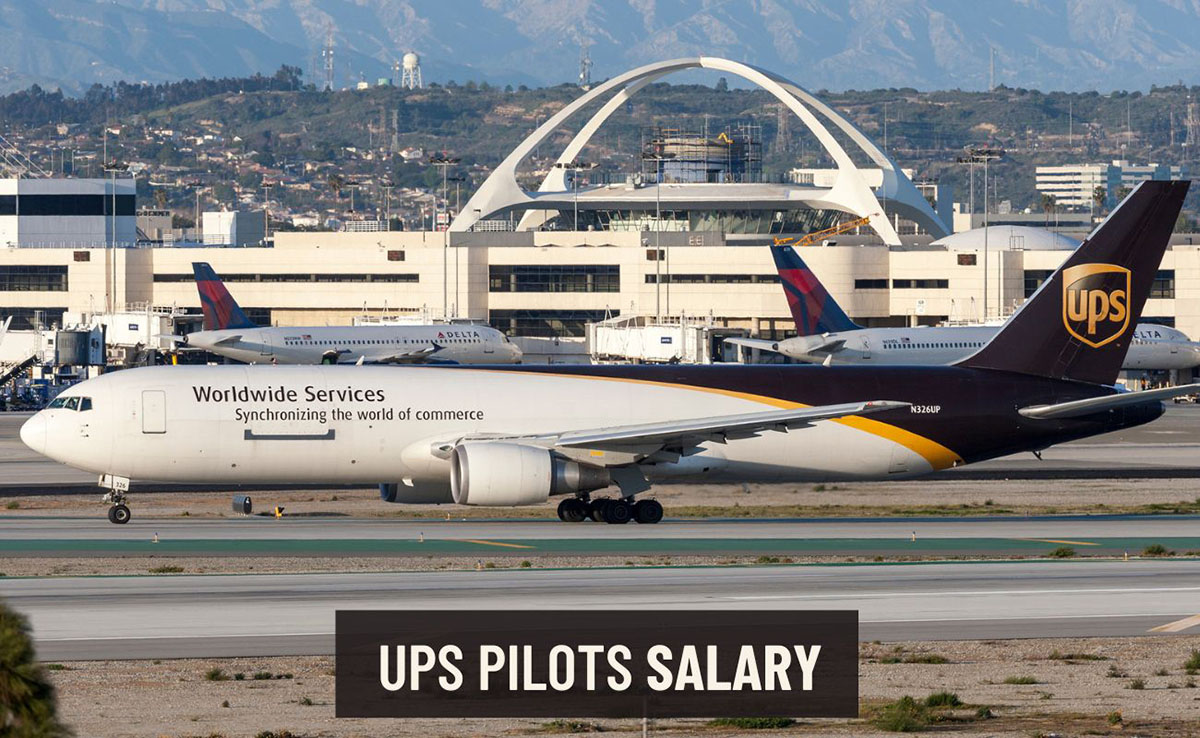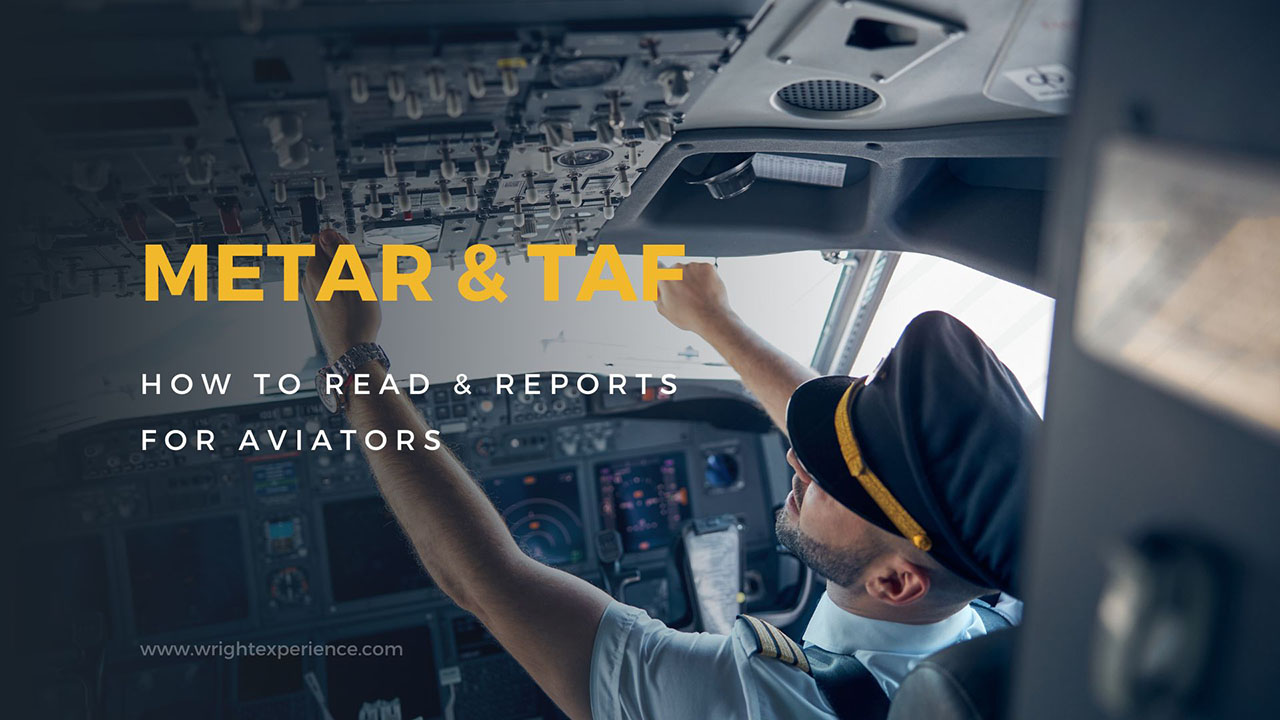Despite its dominance over the current job market, being an airline pilot is quite a challenge, both physically and mentally.
Hence, you must invest a lot in flight lessons before applying for the position. And they have to perform extremely well in these classes, too, or all the years spent on training will go to waste.
All of this sounds daunting, but we have you covered. Our team has conducted extensive research to compile a complete guide on commercial pilot requirements. Keep scrolling to learn more.
In this article:
How To Become A Commercial Airline Pilot
You should start your career progression with a Private Pilot cert (logging 40 flight hours and passing written exams). Next, move on to get the IFR qualifications before obtaining a Commercial Pilot cert for income opportunities.
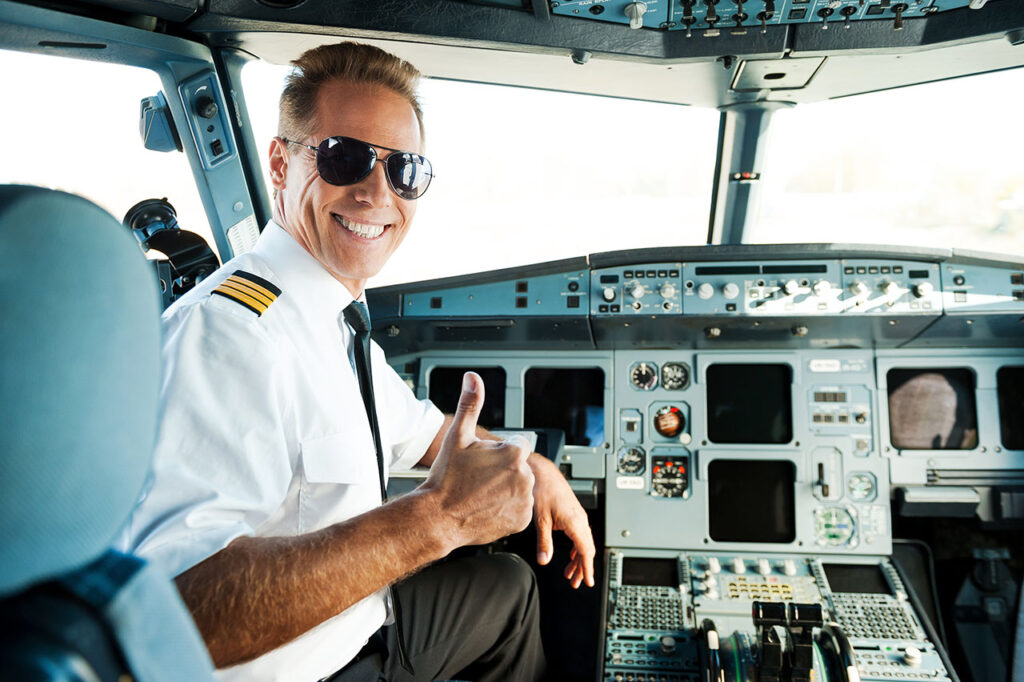
We also suggest you study for a Flight Instructor cert (to teach new pilots legally) and earn a Multi-Engine rating for handling multi-engine aircraft – a common requirement by many large airlines.
Since most airlines expect at least 1500 hours of flight experience from an applicant, you should build up your total flight hours through instructing or entry-level roles. And if you can afford the time and effort to earn an Airline Transport cert for advanced operations, go for it.
1. A Step-By-Step Guide
Step 1. Get A Private Pilot Cert
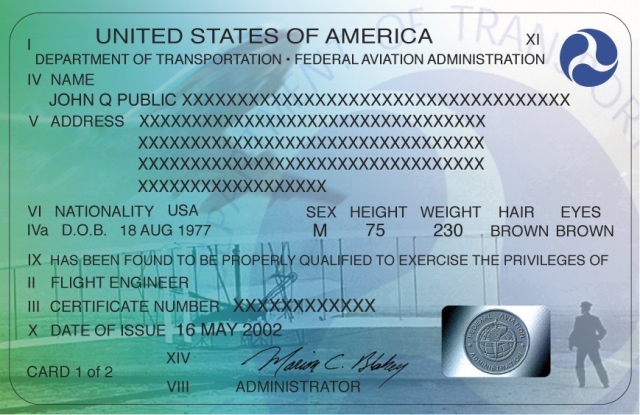
A private pilot cert will be a solid start for your career path. You also have to ace the written exam (FAA-authorized).
Fortunately, ground instruction is covered in the syllabus of many pilot schools. Your classes will mostly focus on the fundamental aspects, starting from single-engine aircraft models. An experienced instructor will spend time with you both in the air and on the ground to prepare you for future tests and examinations.
The minimum flight time required is 40 hours, though many pilots must go beyond that to polish their skills for check rides.
Great news: A private pilot cert opens the doors for many recreational and sports activities. Therefore, even when you have second thoughts about becoming a pilot later on, you can still achieve a lot with this license.
Step 2. Get Your Instrument Ratings
Now that your private pilot cert is secured, it is time to get yourself qualified for an instrument rating cert. This qualification allows you to operate your plane and aircraft under the IFR (Instrument Flight Rule) in all weather conditions.
You might want to consider attending an instrument ground school to study for the written part of the rating. An extra 40 flight hours (besides the 40 hours for private) is also mandated.
Step 3. Get Your Commercial Pilot Cert
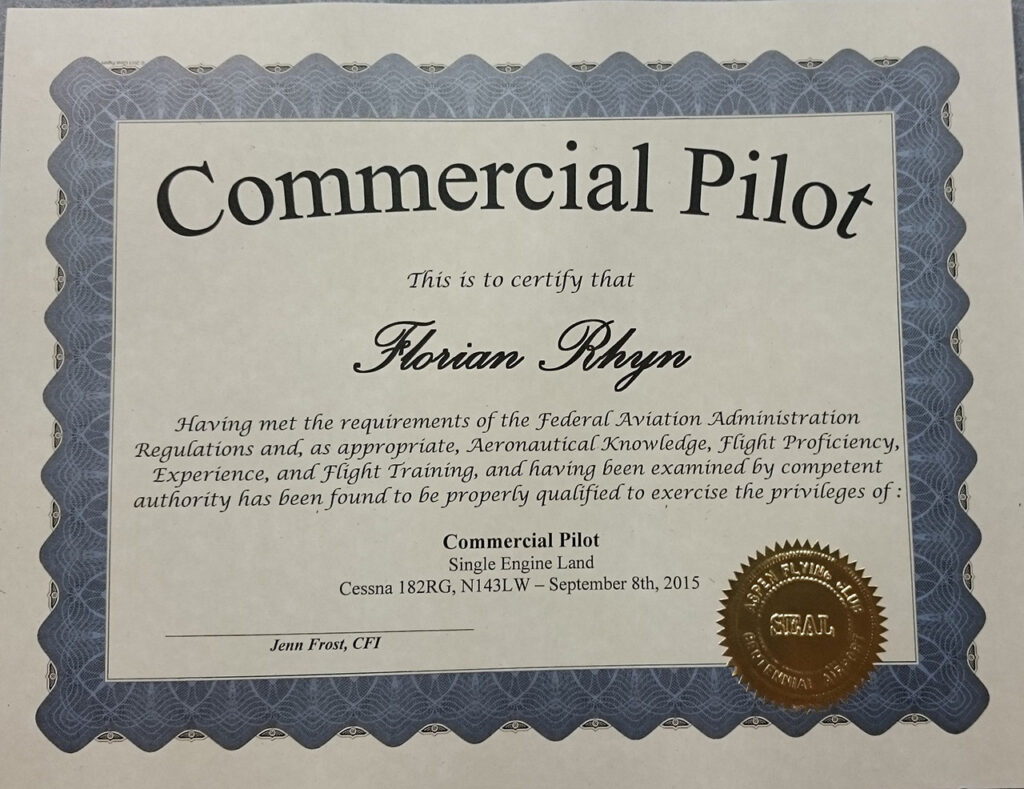
Studying and training for this license will increase your experience and knowledge in handling aircraft and abiding by flight procedures.
Better, you can start profiting/earning income from your pilot position after receiving the cert! There are many rules regarding self-promotion in the market for commercial pilots, however, so make sure you understand them well before parting ways with your commercial flight schools or established organizations.
Note: Getting a commercial pilot cert (and being allowed to earn income) does not mean an airline will hire you immediately. You have to fulfill extra experience requirements as well, which explains the remaining steps we will discuss below.
Step 4. Get A Flight Instructor Cert
Once obtaining your certified flight instructor (CFI) license, you can legally train and teach other pilots.
It is easy to earn a living with your vocation as a result. Furthermore, while working as a flight instructor, you also have the opportunity to accumulate flight hours. This is an extremely competitive advantage, given that gaining a certain number of flight hours is often a prerequisite for advancing to higher pilot positions.
To get this cert as soon as possible, you should attend a quality CFI academy or institution.
Note: Again, not all airliners mention CFI cert in their pilot requirements. But from our observation, it is among the most common roadmaps for those aspiring to become pilots, as you can earn more flight hours and get paid at the same time.
Step 5. Get A Multi-Engine Rating
The name is self-explanatory. You need this rating to operate airplanes/aircraft with two or more engines, given that almost every airline has multi-engine jets. Extra numbers of flight hours are also a must.
Although this step is not necessarily compulsory, multi-engine ratings are included in the job requirements of basically any large company out there. Hence, skipping it will be an unwise move.
Step 6. Invest In Your Flight-Hour Experience
After the five steps above, you will earn 160 to 250 hours of flight time. However, US airlines require applicants to accumulate at least 1,500.
So, what to do? Enroll in an entry-level position or become an instructor for new pilots. This will help you build up your total flight hours until that 1500-hour milestone.
Step 7. Get An Airline Transport Cert
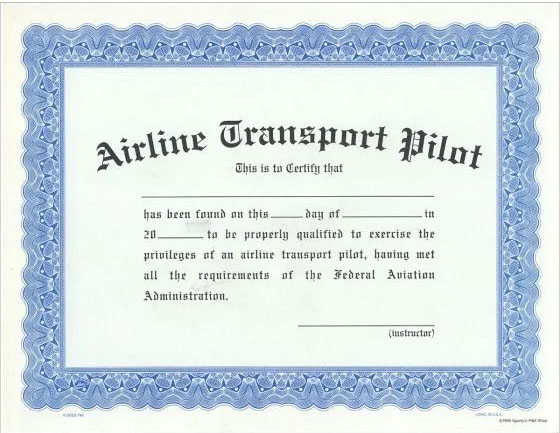
Lauded by many as the champion of all pilot ratings, this certification allows you to fly passengers or cargo under Part 121 operations requirements (and Part 135 in some cases).
Pilots with ATP certifications can fly at higher safety standards than other pilots, thus being in much greater demand. Back then, this cert was only required for Part 121 or 135 operations; however, it has since become the standard for most professional departments.
Extra: Jet Rating
Even after getting hired, airlines will not let you actually begin to fly until you have earned your type rating for the jet you are assigned to. Such ratings are performed via simulators, usually costing thousands.
Fortunately, there is no need to be stressed about it. As mentioned, this rating is only required once you are hired, meaning you do not have to pay the bill at all. Your company will take care of it.
2. 4 Common Career Paths
Train At Flight Schools
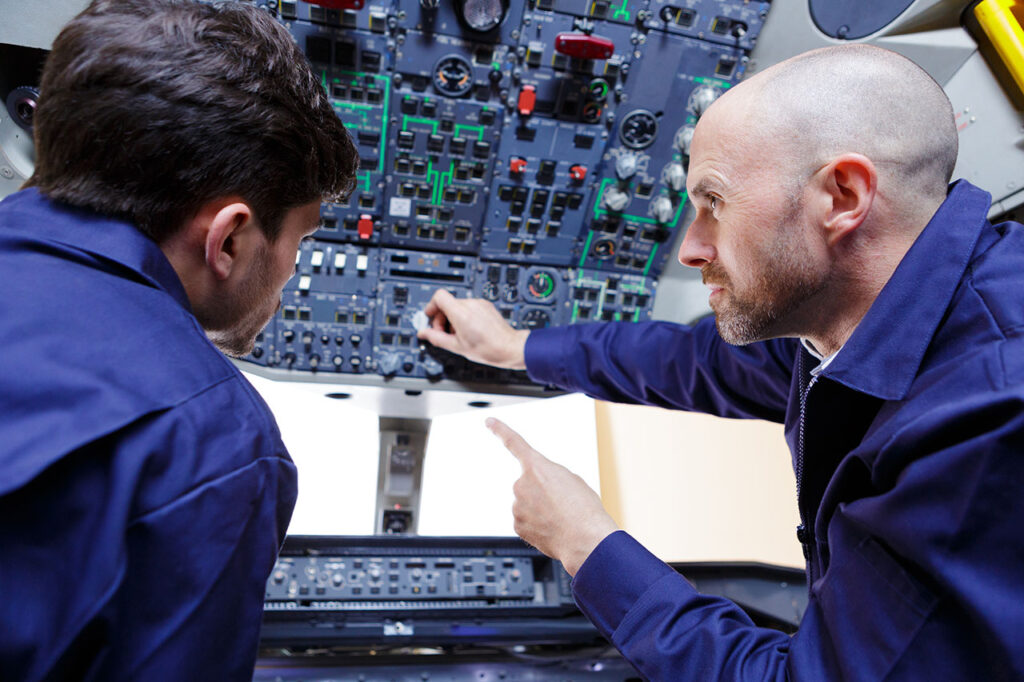
Part 141 or Part 61 flight schools will provide you with basic training for flights and navigation, whose programs can vary in schedule and pace.
Nevertheless, Part 61 programs are usually more flexible with their methods. Part 141 schools, on the other hand, rely on more regulated instructions.
Earn Your College Degrees From FAA-Authorized Programs
Most aviation colleges offer practical, hands-on training alongside academic curriculum (e.g., bachelor’s degrees, associate degree programs). With a lot of relevant coursework pertaining to aviation practices, you will be able to master your skills in piloting, navigation, flight mechanics, and more by the time of your graduation.
Join A Cadet Program
Some aviation academics are affiliated with specific airlines to streamline students’ career paths to join the company. Once the first training period is completed, you will be asked to perform certain tasks within this airline before being automatically moved to the pilot position.
Join The U.S. Military
We see no reason not to make use of the years you are serving in the force. Every armed service branch in the U.S. trains pilots in its own unit (Air Force and Army included).
So far, The Marines are recognized as the unit with the best pilot training programs. Coast Guard, Marine Corps, and The Navy also implement special naval aviator training for all commissioned officers. Better, since this is military service, all flight lessons will be paid for you.
Pilots training in the military will receive extra certifications for emergency response and precise tactical expertise. Many airlines also value applicants with prior flying experience for the army.
Cargo Pilot vs. Airline Pilot: Which Is The Better Career Choice?
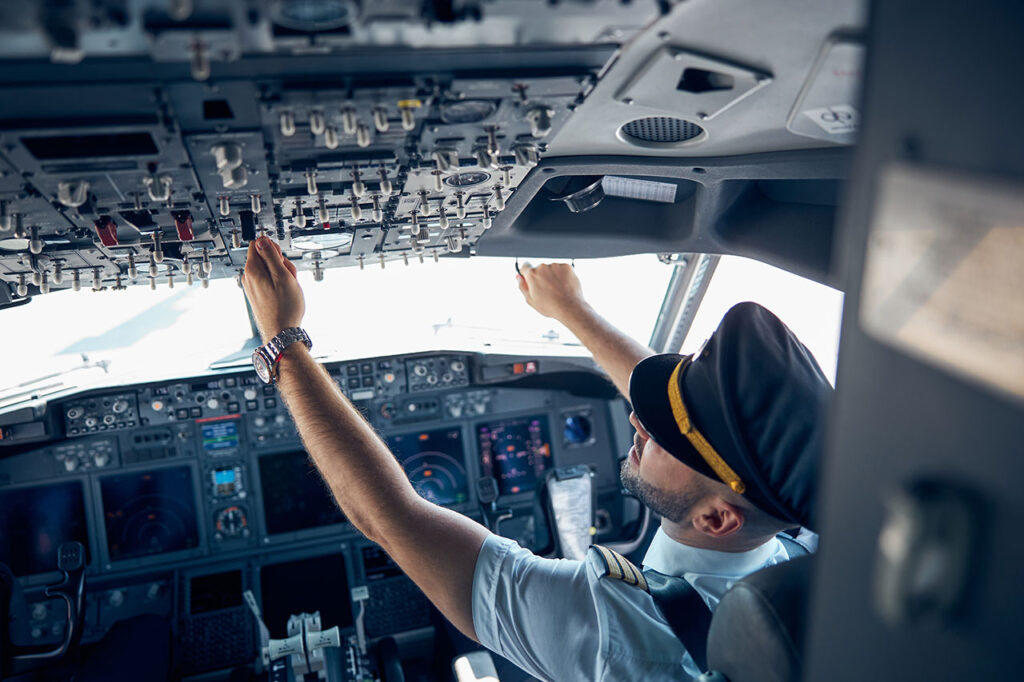
From our research, airline pilots have better career progression opportunities. They can also dedicate more time to their non-work life and other personal commitments.
Nevertheless, the ultimate choice is still up to your personal circumstances and level of expertise. Below is a more comprehensive comparison to help you with your decision:
1. Work Schedules
Cargo pilots enjoy more flexible schedules and can choose between an on-call or part-time basis. As a result, they have better time management and control, which can be quite appealing for those with many personal commitments or who value life-work balance.
On the other hand, airline pilots follow a predictable, more structured work schedule. Airliners often issue a fixed rotation, including flight time, days off, rest periods, etc., which allows pilots to enjoy a more consistent routine and work around personal commitments more effectively.
However, note that depending on assigned routes or flights, both cargo and airline pilots might still have to fly on holidays, weekends, or during odd hours.
2. Duties
Cargo pilots
A cargo pilot is responsible for the timely, safe delivery of freight and goods while operating and navigating cargo aircraft per strict safety regulations. Specifically, they have to:
- Plan flight routes
- Conduct inspections pre-flight
- Ensure the cargo is secured and loaded properly
- Monitor the weather and adjust the flight plans if needed to ensure efficient, smooth journeys
Aircraft flights aside, a cargo pilot is sometimes tasked with administrative duties, such as:
- Maintaining precise and accurate records
- Completing documents for the flights
- Exchanging information with air traffic and ground control
Airline pilots
An airline pilot has to transport passengers safely to their destination while also looking out for the rest of the crew members, hence all the required certifications and extensive training.
Their main responsibilities are to:
- Conduct inspections pre-flight
- Adhere to aviation procedures and regulations
- Exchange information with the air traffic control
- Monitor the plane’s systems during flights and make adjustments when necessary to ensure smooth, comfortable journeys for passengers.
- Make announcements, provide updates, address emergencies (if any)
3. Career Advancement
Cargo pilots
At the start of the journey, you can work alongside your Captain as a First Officer to accumulate flight hours and gain more experience.
Over time, you can then move up the ladder to the Captain position, responsible for crew management and aircraft commanding. This advancement is decided based on your total flight hours and whether you have successfully completed any extra certification or training.
Aside from the Captain role, a cargo pilot can also seek advancement opportunities within their cargo airlines, including roles in:
- Management (e.g., Flight Operation Manager, Chief Pilot), where they will oversee every flight operation to guarantee regulatory compliance
- Safety management
- Training development
- Corporate office
Airline pilots
Like cargo pilots, an airline pilot also starts working as a First Officer to gain flight hours and navigation experience alongside a Captain. Once meeting all the necessary qualifications, they can be upgraded to the Captain position themselves.
And here is the great news: the available advancement opportunities often go beyond regular flights. Most airlines introduce numerous positions and career paths to choose from, such as:
- Management roles (e.g., Chief Pilot, Operations Director)
- Development and training (e.g., simulator instructor, flight instructor), where they mentor and train new pilots
- Specialized roles (e.g., flight standards officer, check airman), which involve conducting evaluations and flight checks to ensure pilots meet the company’s standards.
All these roles call for extra certification and training.
Note
Keep in mind that for both airline and cargo pilots, career progression opportunities may vary across specific airlines and individual policies. Make sure to research and confirm all the positions available on your desired path.
How Long Does It Take To Become A Commercial Pilot?
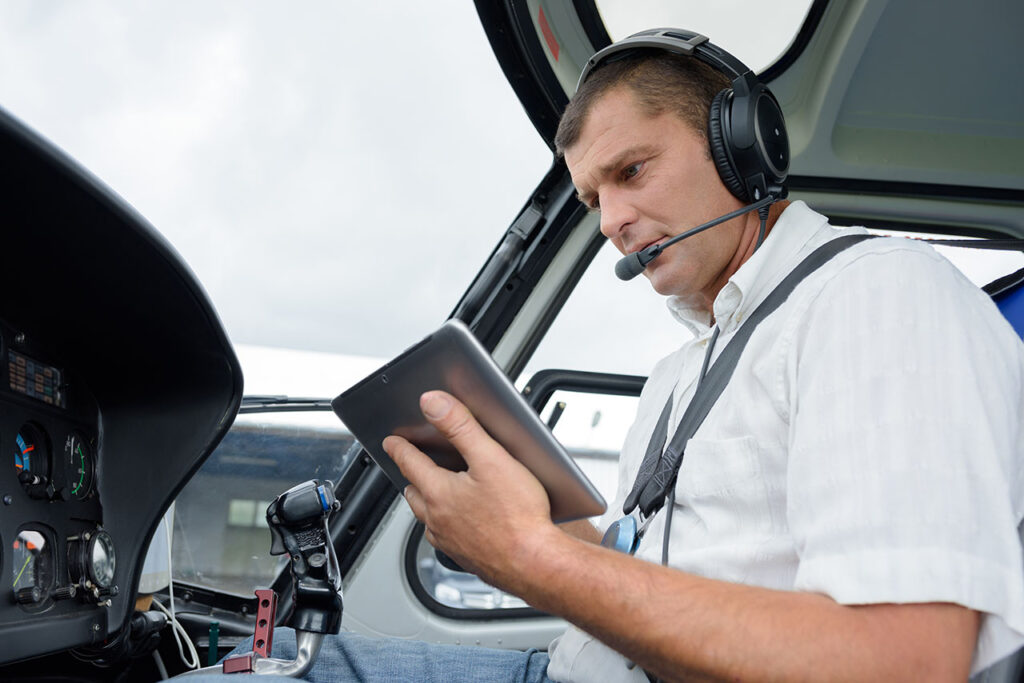
1. In America and Canada
Private Pilot License:
It often takes 2 months (sometimes even fewer) to obtain a Private Pilot certificate, as the minimum flight hours is only 40. License holders are allowed to fly small aircraft, such as Cessna.
This certificate is perfect for those who are not seeking a serious aviation career or reconsidering their decision to pursue it.
Commercial Pilot License:
Even fresh beginners (with zero experience) can complete their training for a Commercial Pilot certificate in a year or 12 months. Some schools even reduce that number to less than 7 months.
And as mentioned, a Commercial Pilot license mandates a Private license and Instrument Rating beforehand. Long story short, you will be able to obtain all three at the end of the training session.
2. In The UK and Europe
Private License:
Just like in America and Canada, you will also need about two months to earn this license.
Commercial Pilot License:
The European Union Aviation Safety Agency and the Civil Aviation Authority (UK) do not follow the same regulations as the FAA.
As a result, while America and Canada require a minimum of 1,500 flight hours, the UK and Europe only ask for 250, even for their largest airlines. You can expect to obtain this license in less than 12 months.
How Much Does It Cost To Become A Pilot?
How much you need to spend depends on your prior experience and the type of license source.
In general, starting from scratch can cost around $100,000, with a private pilot cert alone requiring at least $80,000. The total number usually covers training, aircraft rentals, and instructor time – plus some extra expenses like written and practical exams ($150 to $1,200) and medical certificates ($75 to $200).
And, of course, different pilot licenses do not have the same weight when it comes to expenses:
- Student pilot certificate: $75 – $200
- Sport cert: $7,200
- Recreational: $10,300
- Private pilot: $15,000 – $20,000
- Commercial pilot $55,000
- Airline Transport pilot: $5,000
- Drone pilot: $450
Again, note that these figures are all our estimates.
Is Getting A Job As A Pilot Easy?
While there are definitely some advantages you can leverage, we would not say getting a pilot job is “easy.” Below is a simple breakdown to help you understand the current landscape.
The advantages:
- By the time of our writing, the aviation industry is facing a global pilot shortage, meaning many airlines are actively seeking qualified candidates. This can increase your chances of landing a solid job after training.
- The steps involved in becoming a pilot are quite well-defined, with clearly established training programs and licensing requirements.
- Airline pilots usually earn competitive salaries (we will return to this later) and enjoy great benefit packages.
However, it would not be wise to overlook some major factors that make it challenging:
- To be a pilot, you must be prepared for significant time, dedication, and financial investment; after all, obtaining all the necessary licenses requires a lot of effort and study. The training programs themselves can be quite intense and stressful, too.
- Despite the current pilot shortage, competition for openings can still be high, especially for coveted positions with major airlines.
- Pilots must meet very strict physical and mental health standards, including passing vision tests and psychological evaluations.
How Much Money Does A Pilot Make?
According to the Bureau of Labor Statistics, the average salary for U.S. pilots in 2022 was about $211,790, meaning at least 50% of pilots earn more than that estimate. Some working in major airlines even make over $700,000 a year.
What Is It Like To Be A Pilot? The Average Daily Schedule Of A Pilot
A typical work day of a pilot looks like this:
Pre-flight:
- Arrive at the airport early to allow time for pre-flight briefings and preparing the aircraft.
- Meet with other crew members to discuss the flight plan and potential issues.
- Conduct a thorough visual inspection of the aircraft to ensure everything is in working order.
Flight time:
- Steer the aircraft to the runway and perform the takeoff procedures.
- Monitor the aircraft’s systems, communicate with air traffic control, and make necessary adjustments during the cruising altitude.
- Follow the approach procedures to prepare for landing.
- Carefully maneuver the aircraft onto the runway.
Post-flight:
- Steer the aircraft to the designated parking area.
- Complete documentation related to the flight, such as fuel logs and maintenance reports.
- (Optional) Have a debriefing with other crew members to discuss the flight and any lessons learned.
Additional factors:
- During layovers between flights, pilots may have time to rest, explore the city, or catch up on personal errands.
- Pilots regularly participate in training/simulator sessions to maintain their skills and knowledge.
View more pilot guides:
Conclusion
Becoming a commercial pilot is a long and admittedly exhaustive journey; you must research the best, most suitable training programs for your circumstances and make sure every flight hour counts. Assessing whether your physical and mental condition is cut out for the job is also a very important step.
As always, write to us if you need more help.

